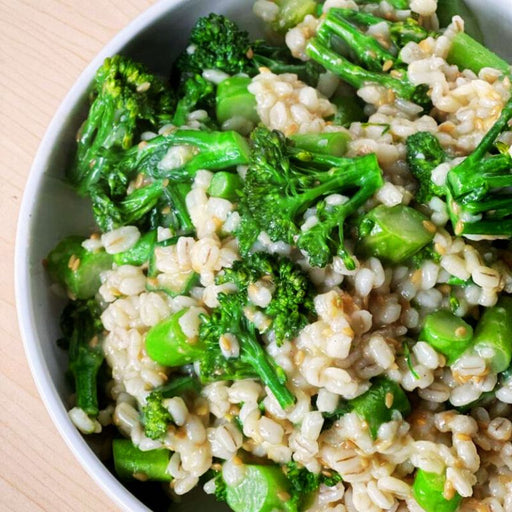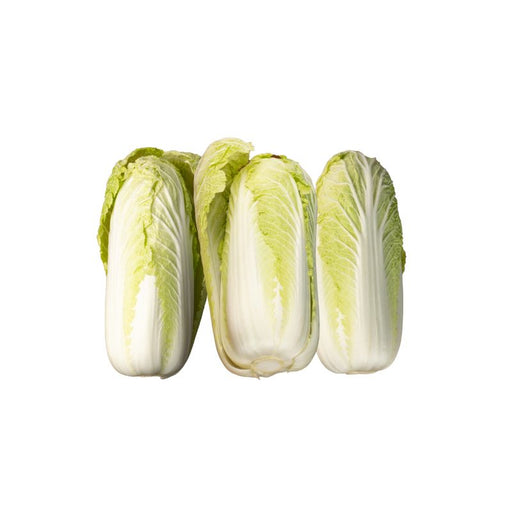
Shallots - 200g
Shallots are commonly used in cooking to add depth and complexity to dishes. They can be used raw or cooked and are often diced, sliced, or minced for various culinary applications. Shallots are prized for their versatility and are frequently used in sauces, dressings, marinades, stir-fries, soups, and stews. They can also be caramelized or sautéed to bring out their natural sweetness.
Due to their unique flavor profile, shallots are popular in French cuisine and are widely used in other international cuisines as well. They are valued for their ability to enhance the taste of dishes without overpowering other ingredients.
How to eat shallots?
Here are a few common methods for using shallots in your cooking:
1. Raw: Shallots can be consumed raw when finely minced or sliced. They add a mild onion flavor with a touch of sweetness. Raw shallots are often used in salads, dressings, salsas, or garnishes. They can also be pickled for a tangy and flavorful addition to dishes.
2. Sautéed: Sautéing shallots in oil or butter is a popular cooking method that enhances their flavor and brings out their natural sweetness. Heat a pan over medium heat, add some oil or butter, and sauté thinly sliced or chopped shallots until they turn translucent and slightly caramelized. Sautéed shallots can be used as a base for sauces, soups, stir-fries, or as an aromatic addition to many dishes.
3. Caramelized: Caramelizing shallots intensifies their natural sweetness and creates a rich, deep flavor. Thinly slice the shallots and cook them slowly in butter or oil over low heat until they become soft, golden, and slightly browned. Caramelized shallots are great for adding to roasted vegetables, sauces, gravies, or as a topping for burgers, steaks, or pizzas.
4. Roasted: Whole shallots can be roasted alongside other vegetables or meats. Simply coat them in oil, season with salt and pepper, and roast in the oven until they become tender and develop a sweet, caramelized flavor. Roasted shallots can be enjoyed as a side dish, added to salads, or used in various recipes.
5. Added to sauces and dressings: Minced or finely chopped shallots can be incorporated into sauces, dressings, marinades, or vinaigrettes to add a subtle onion-garlic flavor. They blend well with other ingredients and can enhance the overall taste of the dish.
Remember to adjust the amount of shallots based on your personal preference and the desired flavor intensity. Shallots offer a versatile and delicate flavor that complements a wide range of dishes, so don't hesitate to experiment and explore different ways of incorporating them into your cooking.
Shallots contain fructans, which are a type of oligosaccharide that can be difficult to digest for some people. As a result, individuals following a low FODMAP diet may need to limit or avoid shallots to manage their symptoms.
However, it's important to note that the FODMAP content may vary depending on the serving size. Small amounts of shallots, such as a teaspoon or two, may be better tolerated by some individuals, while larger amounts may cause discomfort.
If you are following a low FODMAP diet, it's recommended to consult with a registered dietitian who specializes in the low FODMAP diet. They can provide personalized guidance based on your specific dietary needs and tolerance levels to help you determine suitable portion sizes and make appropriate substitutions.
Produce of: China
























